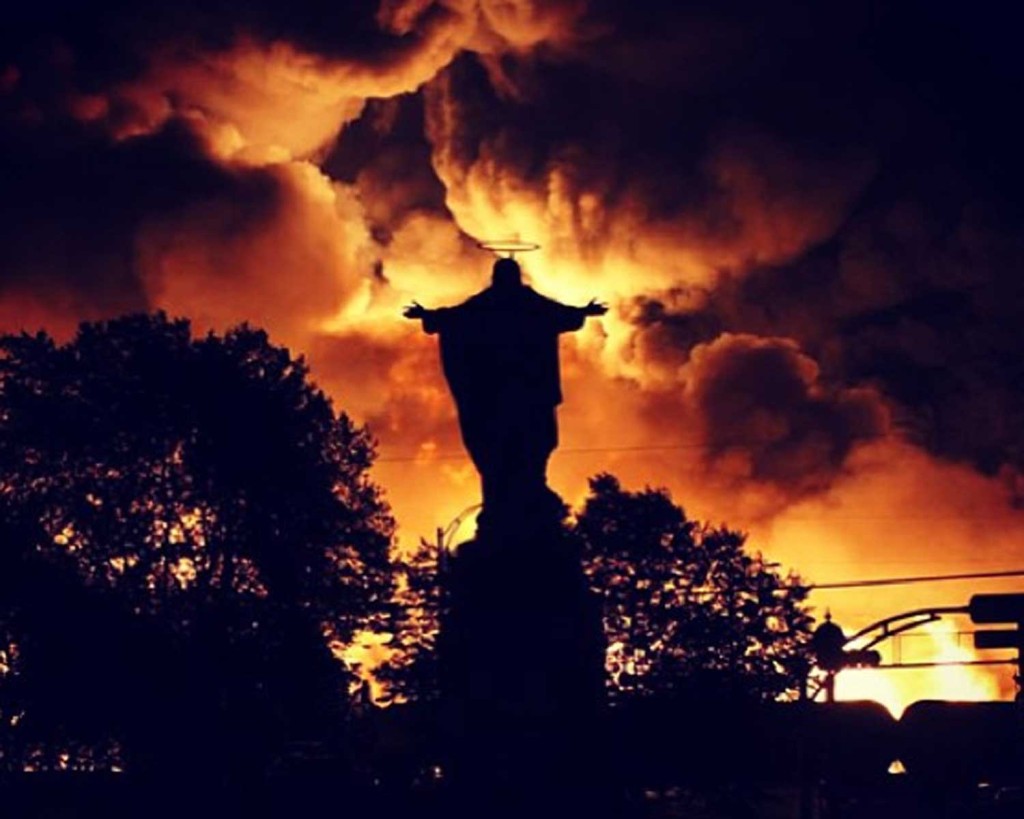
There are more and more aspects of rail safety coming into question as people learn about life with the many Bakken oil trains rolling through our communities.
What about the greatly increased air emissions due to the increased rail traffic? Locomotive emissions are regulated:
EPA Control of Emissions from Idling Locomotives 420f13050
The short version, from the EPA:
General Information
That regulates individual locomotives, but how are the cumulative impacts of so many trains addressed, particularly in the Mississippi River Valley, the “land of inversions?”
There’s continued talk about the new DOT111 rail cars, but how will that address the problem of volatility, that the Bakken crude contains a much higher level of gas than other crude, and that although regulators have said that the Bakken crude should be degasified before it is shipped, whether by rail or pipeline, this is not yet incorporated into standard practice. And it bears repeating — this is an issue for Bakken crude in pipelines! Pipelines are not a miracle cure for the Bakken crude volatility problem!
1-2-14 DOT Rail Safety Alert
It can happen here. It has happened here. It will happen here. What do we do to protect ourselves?
This is a train incident in September, 2013 just across the river in Hager City, WI:

And in Red Wing:

A Wisconsin town’s fire chief was part of a discussion with U.S. Rep. Ron Kind recently regarding rail safety. The station is one block from the river and the railroad tracks. Congressman Kind asked the fire chief what the impact of a Bakken oil wreck would be on his community, if the fire unit could respond, and the fire chief said, “I doubt it, we’d be vaporized.”
If a Lac Megantic level explosion occurred in Red Wing, presuming that buildings two blocks from the explosion would be leveled, and maybe three blocks, it would reach to Main Street, and perhaps the block beyond:

This is how it is in all the communities along the Mississippi River, a disaster waiting to happen for us, for the River.
There’s a reason it’s called the “Bakken Boom.” BOOM!

And in the La Crosse Tribune:
Meeting set on rail expansion
plan
The prospect of more rail cars carrying crude oil and other flammable liquids through the region has prompted a public meeting Tuesday to air concerns about BNSF Railway Co.’s plans to add a second, parallel line on La Crosse’s east side.
The expansion would eliminate the rail company’s last segment of single track in La Crosse County and reduce train delays in La Crosse, BNSF officials said.
But Citizens Acting for Rail Safety, or CARS, contends the second track would raise the risk of a serious rail accident in a residential area or a major spill in the La Crosse River Marsh and other nearby waterways and sensitive habitat.
About 60 trains a day use the BNSF line in La Crosse, which now narrows to a single track from its yard near Gillette Street in north La Crosse to just south of Farnam Street. U.S. rail traffic has increased in recent years, primarily triggered by the surge in Bakken oil being shipped from North Dakota and Montana to refineries in the east and south. U.S. railroads were expected to haul 400,000 carloads of oil in 2013, almost 40 times the number seen in 2009.
That rail surge has come at a cost, though, with at least four major oil train explosions in North America in less than a year, one of which killed 47 people in Quebec in July 2013.
The region has seen three derailments and spills within about 90 miles of La Crosse since February, CARS members said.
“They’re shipping hazardous materials through La Crosse,” George Nygaard said, “and it’s in containers not made for hazardous materials.”
The rail industry has persisted in using outdated tank cars known to be more prone to puncture or rupture in an accident to carry the more volatile Bakken light crude, he said.
CARS members maintain the increased traffic also produces more noise, vibrations, diesel emissions and other effects on air quality along the line.
The city, too, faces a substantial cost — perhaps six or seven figures — to adjust road and trail crossings and the Forest Hills Golf Course to accommodate the second track, said Mayor Tim Kabat, who lives less than a block from the BNSF line. He plans to be at the meeting along with other local legislators.
The city council recently approved funding for a title search to determine whether BNSF really does own the strip of Forest Hills land where it wants to install the new line.
The potential for some type of accident was highlighted in February when a malfunctioning Canadian Pacific Railway tanker dribbled more than 12,000 gallons of crude oil along a stretch of tracks near Winona, Minn., with some falling into area waterways and trout streams.
“There’s some real concerns — what if it happens in La Crosse?” Kabat said.






April 17th, 2014 at 9:46 pm
Great post! It is hard for me to imagine why there is no sense of outrage over the government’s ineptitude or refusal to decisively act to address this huge threat to people and our environment. Are we so unwilling, cowardly, or just lazy to act to protect our communities, our Mississippi, our planet from this most dangerous industry.